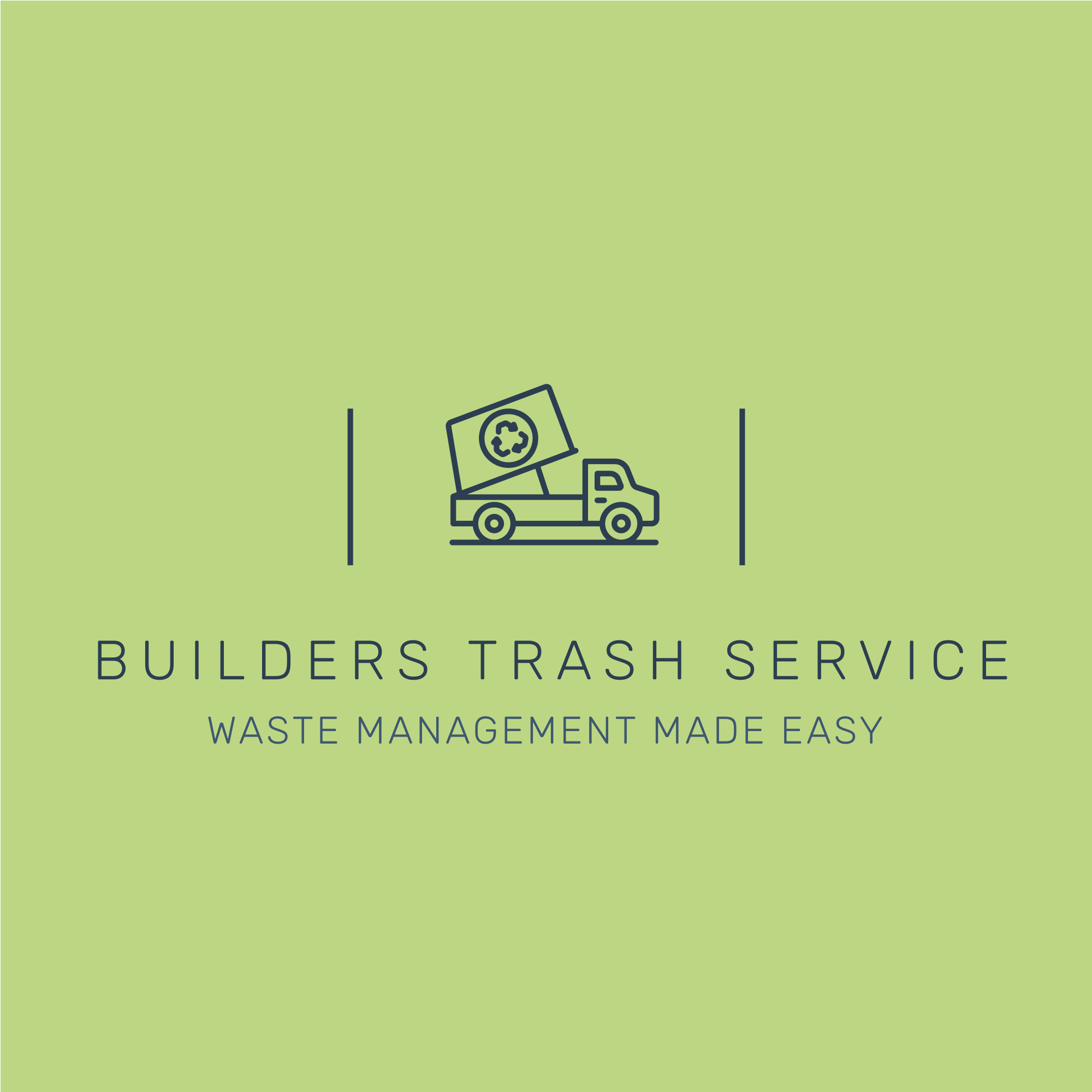Commercial projects are a major undertaking for any business. It’s important to have a solid plan in place to ensure success. With the ever-changing landscape of technology and consumer preferences, it’s crucial for businesses to stay ahead of the curve and explore innovative strategies for their commercial projects.
In this article, we will discuss some key techniques that can help businesses stand out and achieve success.
Utilizing Sustainable Materials
One of the most innovative strategies for commercial projects is the use of sustainable materials. With the growing concern for the environment, consumers are becoming more conscious of the impact their purchases have on the planet.
By using sustainable materials in your commercial project, you not only reduce your carbon footprint. Also, You’ll appeal to environmentally-conscious consumers. This can also lead to cost savings in the long run, as sustainable materials are often more durable and require less maintenance.
Partnering with a General Contractor for Commercial Projects
Partnering with a general contractor for your commercial project can be a game-changer. A general contractor has the expertise and experience to manage all aspects of the project, from planning and budgeting to construction and project management. This allows businesses to focus on their core operations while leaving the project in the hands of professionals. Additionally, a general contractor can provide valuable insights and recommendations for innovative strategies to make the project more efficient and cost-effective.
Incorporating Technology
Technology is constantly evolving and has become an integral part of our daily lives. Businesses can take advantage of this by incorporating technology into their commercial projects. This can include using virtual reality to showcase the project to potential clients, implementing smart building systems for energy efficiency, or utilizing drones for site inspections. By embracing technology, businesses can not only improve the efficiency and effectiveness of their projects but also appeal to tech-savvy consumers.
Exploring Alternative Energy Sources
With the rising costs of traditional energy sources, businesses are turning to alternative energy sources for their commercial projects. Solar energy, in particular, has become a popular choice for businesses looking to reduce their energy costs and carbon footprint. ncorporating solar panels into the design of the project, businesses can generate their own clean energy and potentially even sell excess energy back to the grid. This not only benefits the environment but also provides long-term cost savings for the business.
Prioritizing Community Engagement
In today’s society, consumers are looking for businesses that prioritize community engagement and give back to the local community. This can be achieved through various initiatives such as partnering with local charities, sponsoring community events, or implementing sustainable practices that benefit the community. Thus, you not only build a positive reputation for your business but also attract customers who value socially responsible businesses.
By incorporating these innovative strategies into your commercial project, you can set your business apart from the competition and achieve success. Have you tried any of these strategies in your commercial projects? Let us know in the comments below.
